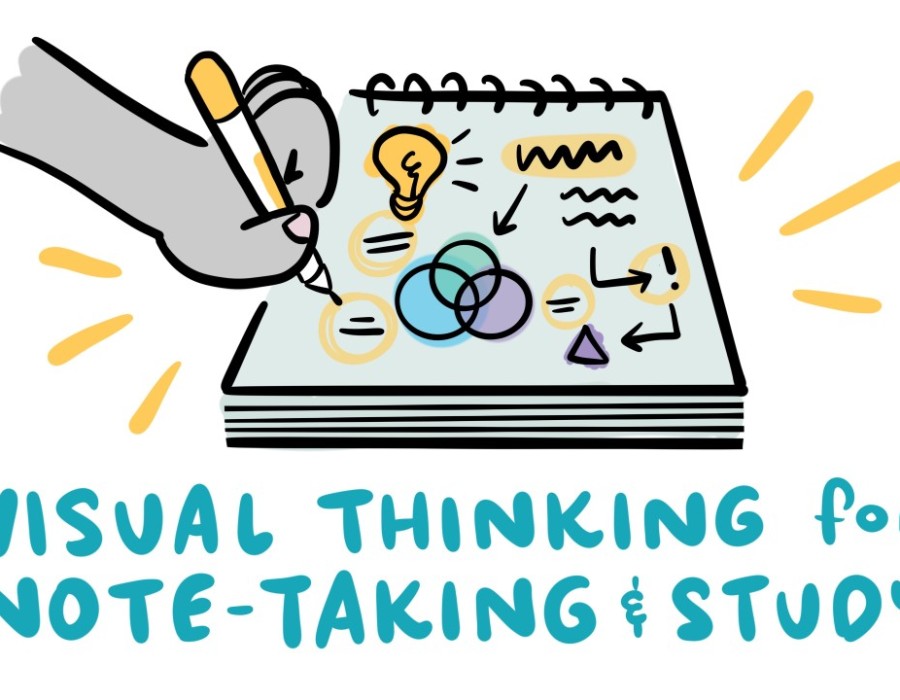Visual learning has become an essential method for engaging students, deepening their understanding, and building a foundation for lifelong learning. Among various visual learning techniques, thinking strategies stand out as powerful tools for educators. Thinking strategies, or VTS, encourage students to analyze and interpret visual content, promoting critical thinking, creativity, and collaboration. In this blog, we'll explore how thinking strategies can transform classrooms, engage students of all ages, and develop essential skills for academic and personal growth.
What Are Visual Thinking Strategies?
Thinking strategies involve a set of methods designed to help students interpret and analyze visual materials, such as images, drawings, charts, and diagrams. These strategies are based on the principle that students learn effectively when they can connect information with visuals, allowing them to retain concepts better and apply them in various contexts. Through thinking strategies, students learn to ask questions, describe what they see, make inferences, and share insights in a supportive environment.
Why Are Thinking Strategies Important in Education?
The importance of thinking strategies in education cannot be overstated. With information and technology evolving rapidly, today’s students need to develop skills that go beyond rote memorization. Thinking strategies encourage students to engage with content on a deeper level by questioning and analyzing, which fosters critical thinking and problem-solving skills. Here are some reasons why incorporating
thinking strategies in education is so valuable.
How Thinking Strategies Support Creativity
Visual thinking strategies naturally foster creativity by encouraging students to interpret images, analyze symbols, and think outside the box. When students are asked to describe what they see in an image or make inferences about its meaning, they engage in creative problem-solving. This exploration of ideas promotes flexible thinking and helps students to consider multiple interpretations, allowing them to understand that there isn’t always one “right” answer. By using thinking strategies regularly, teachers can help students build confidence in their creative abilities, which translates to other areas of learning and problem-solving.
Building Confidence Through Visual Interpretation
One of the unique advantages of visual thinking strategies is their ability to help students build self-confidence. When students share their perspectives on visual content in an open-ended format, they learn that their observations and interpretations are valuable. This process is particularly supportive for students who might feel anxious about participating in traditional classroom discussions. Visual thinking activities provide a low-stakes environment where students can express themselves freely. Over time, this practice not only builds their confidence but also enhances their willingness to engage in academic discussions, share ideas, and contribute meaningfully to group work.
Visual Thinking Strategies and Emotional Development
Thinking strategies also play a significant role in developing students' emotional intelligence. By engaging with images that evoke different emotions, students learn to recognize, articulate, and discuss feelings in a supportive setting. For instance, when students interpret a character’s expression or the mood of a painting, they practice identifying and empathizing with emotions. This skill is vital for social development and emotional awareness, which are essential for personal and interpersonal growth. Through thinking strategies, educators can create opportunities for students to connect with each other and gain a better understanding of emotions in a broader context.
Conclusion
Visual thinking strategies are powerful tools for enhancing student engagement, critical thinking, and creativity across all grade levels and subjects. By incorporating visuals and encouraging open-ended exploration, teachers can create dynamic learning environments that help students develop essential skills for the future. Whether in literature, science, or history, thinking strategies foster curiosity, inclusivity, and personal growth, making learning both impactful and enjoyable. By implementing these strategies, educators can unlock the potential of visual learning, empowering students to think deeply, communicate confidently, and approach the world with an open mind.





Comments